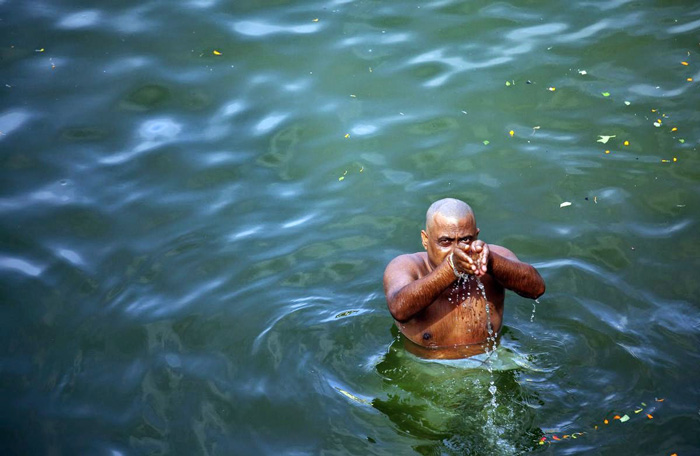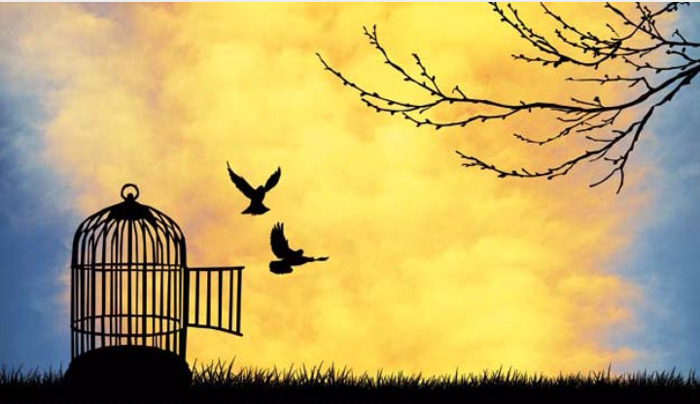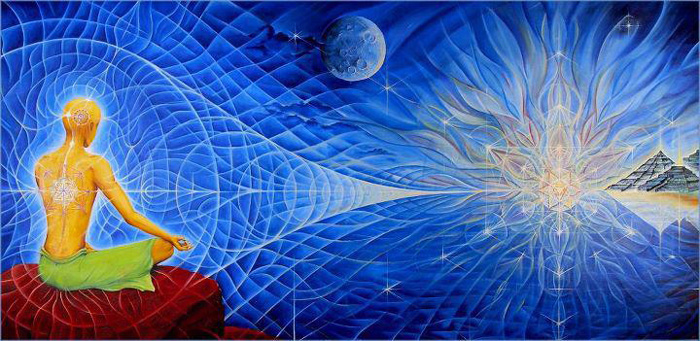- 1.6Kshares
- Share
- Tweet
- Facebook Messenger
Death.
As believed by most, a child takes birth by the grace of god, lives his/her life, does things that might be good or evil, stands before a court which brands him/her a good follower or a sinful creature and is sent to either Heaven or Hell. If one does good, he/she goes to Heaven and if one does bad things, he/she goes to Hell. But in Hindu mythology, there is much much more than that. It’s a much more complex idea.
The more we explore, the more we learn and the more we learn, the more we understand.
1. Life does not come from a void, and death does not mean disappearing into nothing.
According to Hindu mythology, there is no start or the end of life, it’s all about the journey of a soul which goes through different lives experiencing death multiple times, to get to the ultimate goal that is freedom from taking birth.

2. As contrary to popular belief, there is no just one Swarg or one Narak. There are various levels which are attained according to karma. Also, there is Vaikuntha where Lord Vishnu and Goddess Lakshmi reside.
There is no one place called Swarg and one place called Narak. There are, however, various levels of both where one can go according to their deeds until they take their next birth.

3. The first step according to Hindu mythology, is the crossing of the Vaitarni, the river beyond which the realm of Yama lies.
The ritual of performing Shraddh in Hindus is performed particularly to help the soul of the deceased cross the Vaitarni into the Pitrulok where they can meet all our ancestors and look after us from above, blessing us.
And one doesn’t cross Vaitarni just once, they cross it repeatedly after the end of every birth. Even the gods aren’t exempted from this cycle, hence the concept of reincarnation.

4. Yama, as popularly believed to be the God of death is probably more like an accountant who keeps track of the good and the bad karma, devoid of feeling or judgement.
Yama also said to be the first man is probably the most misunderstood god in Hindu mythology. He is in fact not as fierce as portrayed. He, however, is like a shrewd accountant who keeps a strict record of one’s good deeds and the bad deeds and sends the soul accordingly to its deserving place.

5. God, in Hindu mythology, is not a judge who sentences you for your sins.
Neither does he reward you unnecessarily. God is merely there to keep the world in balance. The balance of the good and the evil if you may. The concept of good and evil is another vast topic of discussion, but if simply spoken, they are more like guardians than dictators of law. Also, instead of just one, there is an entire hierarchy which has it’s own place and functions. There is no gender specification in Hindu mythology. Everything has two sides, balancing both forces. And eventually, it all in nirgun, i.e without form.

6. There is always room for repentance, that is in this life or the next.
There is always a way of righting your wrong. It all depends on our actions. Every action causes an effect which requires another action. Like a Butterfly effect, every ripple gives rise to a bigger ripple, but the difference here is, that the bigger ripple has an option to not be a destructive one.

7. The deceased first resides in Pitrulok until designated the next place of accommodation, until eventually they take the next birth.
Pitrulok is a place where all our ancestors reside always watching over us, and we owe our existence to them. From here the various complex layers of Yamalok start.

8. Karma or deeds if you may, play an important part. The next birth is also decided on the karma of the previous birth where there are ample chances for improvement.
Everybody deserves a chance. That’s the basic principle to the concept of karma.

9. Neither Swarg nor Narak, are permanent. Souls travel through continuously through them.
The root of Hindu mythology is the impermanence of everything. Nothing, absolutely nothing is permanent.

10. The cycle of births and rebirths can only be escaped if one attains Moksha.
The cycle is seemingly never ending, but with every birth, you keep getting closer to the source of the soul.

11. Moksha is obtaining freedom from desire. Even the desire to be free from desire. That’s when one is truly free.
Although, there are various complexities in the subject of desire, Moksha metaphorically means abandoning Iccha one by one, until you are left with nothing. But before abandoning desire, you have to experience it. You cannot abandon something you never had.

12. Moksha is going back to the source, which is not necessarily God in the rigid sense.
The source is a vague concept and as opposed to other mythological or religious concepts, there is no God at the end of the tunnel. Although, there is a presence the source of life and death and everything that is in between.

What Hindu mythology primarily says, is that there is no separate entity that encapsulates Gods, Humans and Demons (none of which are rigid in Indian mythology), but they all reside within us and we chose which way our soul goes.
- 1.6Kshares
- Share
- Tweet
- Facebook Messenger




